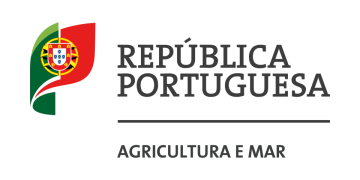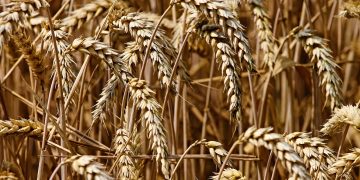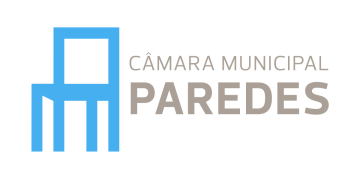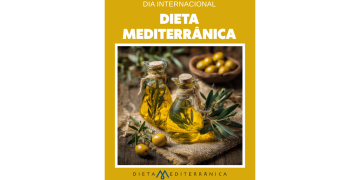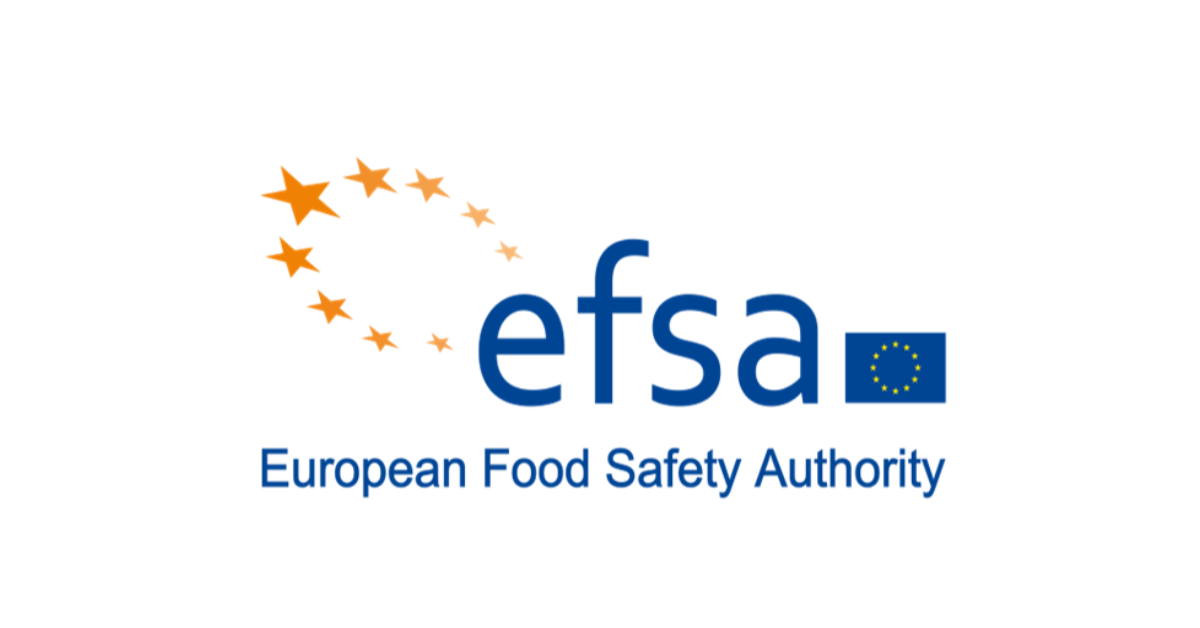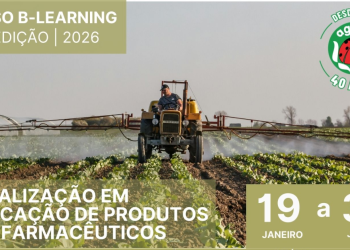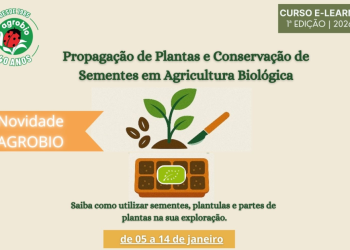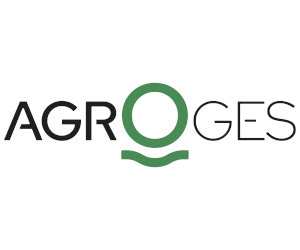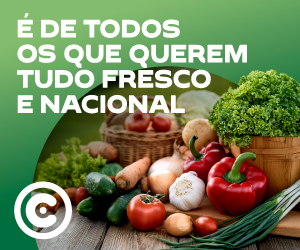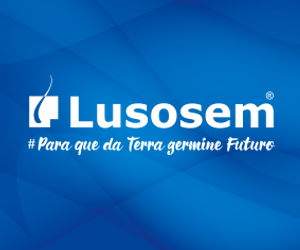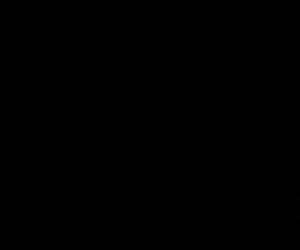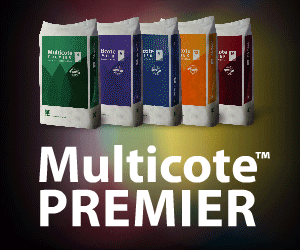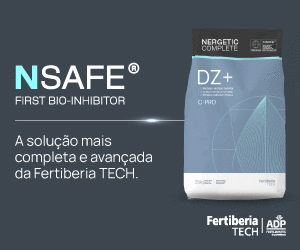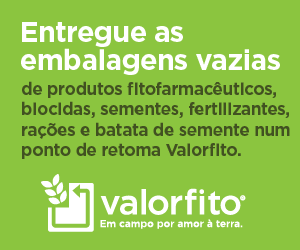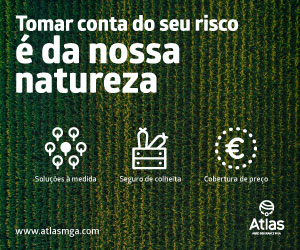Dioxins and DIOXINPersistent, chlorine-containing organic pollutant which occurs as by-product of industrial processes. It can accumulate in the food chain and pose a serious public and environmental health risk-like PCBs are toxic chemicals that persist in the environment for years and accumulate at low levels in the food chain, usually in the fatty tissues of animals. Their presence in food and feed has declined since the 1970s thanks to the efforts of public authorities and industry.
In their draft SCIENTIFIC OPINIONOpinions include risk assessments on general scientific issues, evaluations of an application for the authorisation of a product, substance or claim, or an evaluation of a risk assessment, EFSA experts confirmed the conclusion of the Authority’s previous assessments that DIETARY EXPOSUREFor the purposes of risk assessment, measurement of the amount of a substance consumed by a person or animal in their diet that is intentionally added or unintentionally present (e.g. a nutrient, additive or pesticide) to dioxins and dioxin-like PCBs is a health concern.
“We have updated the TOLERABLE WEEKLY INTAKEThe maximum intake of substances in food, such as nutrients or contaminants, that can be consumed weekly over a lifetime without risking adverse health effects (TWI), setting it at 0.6 picograms per kilogram of body weight. Updated dietary exposure estimates from European countries indicate that the new TWIThe tolerable weekly intake (TWI) is the maximum intake of substances in food, such as nutrients or contaminants, that can be consumed weekly over a lifetime without risking adverse health effects is exceeded in all age groups,” said Helle Knutsen, chair of the EFSA’s Panel on Contaminants in the Food Chain.
The European Commission requested EFSA to update its 2018 scientific opinion on the topic following the revision of the TOXICITYThe potential of a substance to cause harm to a living organism equivalency factors (TEFs) by the World Health Organization in 2022. These are internationally agreed values used to express the toxicity of dioxins and dioxin-like PCBs relative to the most toxic form of dioxin (2,3,7,8-TCDD) and were used to perform the current RISK ASSESSMENTA specialised field of applied science that involves reviewing scientific data and studies in order to evaluate risks associated with certain hazards. It involves four steps: hazard identification, hazard characterisation, exposure assessment and risk characterisation.
Stakeholders, researchers and members of the public are invited to provide feedback on the draft opinion, which will be available for consultation until 26 January 2026. Submit your comments here.
Register to the webinar
A webinar will take place on 11 December 2025 where EFSA experts will explain the draft conclusions and provide insights on the principles and methods applied for the draft risk assessment. You can register here.
O artigo foi publicado originalmente em EFSA.




